Just a month away from wrapping up her thesis, Emma Brass, a PhD student in Andy Cooper’s autonomous robots laboratory in the University of Liverpool’s department of chemistry, exhibited a major art installation in the city’s annual River of Light festival.

This year, the festival was themed around ‘The Science of Light’ and the organisers were keen to feature work from scientists. With her background in chemistry, coding and robotics – and interest in code-based art – Brass was put forward by her supervisor.
Here she talks to Chemistry World about her piece Face Value (created in collaboration with Venya Krutikov at the Invisible Wind Factory) – which features an AI-powered robotic artist that captures portraits of audience members, transforming them into evolving artwork projected on large screens – and how she feels her academic experience in chemistry and coding complements her ever-changing artwork.
What’s your academic background?
I did my undergraduate degree in chemistry at the University of Oxford … but then I gravitated more towards the physical chemistry side of things – I enjoyed numbers. I chose a master’s where I [first] did coding and then chose a PhD where I could continue coding here at the University of Liverpool, in the Cooper group. The PhD is focused on automation – we built a workflow for automating process chemistry, which is a stage in the drug development pipeline where synthetic processes are scaled up to enable the production of large batches of a compound of interest. I’m just coming to the end of that – I’ve got about a month or so to get my thesis wrapped up.
What type of art do you specialise in?
It moves around over time, but I enjoy abstract painting and, a few years back when I started working with robotics, I became interested in the interface between human and robot, and how they could work together on creative tasks. I had a small robot that could paint collaboratively with a human – the human makes a mark, and then the robot takes a picture of the paper and … responds with its own mark. That was interesting – this idea of how do you programmatically give the impression that the robot is being creative?
Can you tell me more about your installation Face Value?
You enter the room and stand in front of a backdrop that’s all lit up, and there’s cameras which capture images continuously, and then there’s facial recognition software which finds the faces, crops them out, and removes the background, and then projects them onto a large screen in a second area.
There are three big screens in this second area … and there’s basically a cycle that’s going repeatedly. Some of the faces from the first screen get selected, and they’re moved on to the second screen, where there’s a large 4 x 4m robot. Here, the faces get warped and edited, and that movement in the imagery is synced with the movement of the robot. And then they get moved to the third screen, which we jokingly call ‘digital purgatory’, it’s this abstracted overlay of the most recent faces that have gone through the cycle. The idea is that the installation always features people that are in the room at that time; the audience becomes a part of the installation.
How did you come up with the idea?
We needed an idea what would allow thousands of visitors to interact with the installation in some way. So, we had to choose a mode of interaction that was quite passive; all you have to do is stand there and get your photo taken … it’s passive, but I think it’s very rewarding [as] everyone recognises their face.
What were people’s reactions to the installation?
People were so fascinated by seeing their own faces on the first screen. I was a bit worried that people would find it creepy, because it does draw on themes of surveillance, but interestingly the gamification of the process seemed to mean that people really loved it.
How do you think chemistry/coding and your art complement each other?
Chemistry is incredibly complicated, and we don’t always know exactly why something happens, so we often have models that explain the experimental results that we see. I found that ability to view problems and their solutions at that level of abstraction super useful for learning coding. With the PhD, I’ve moved a bit away from chemistry as I’ve been doing automation. When I started doing the art installation, I was still doing automation, just for a totally different context. A lot of the things that I think about when building a chemistry automation system were also completely applicable for the art installation.
This interview was edited for brevity and clarity.
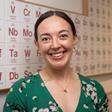

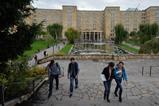

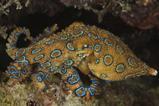
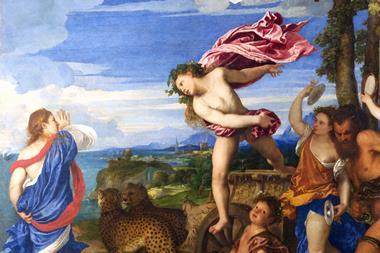
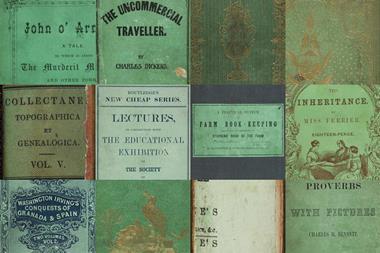

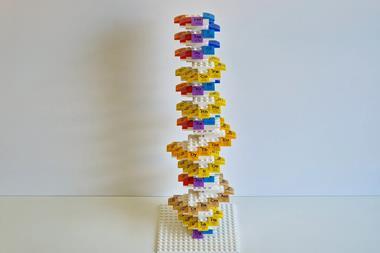



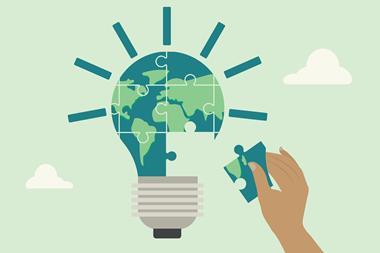
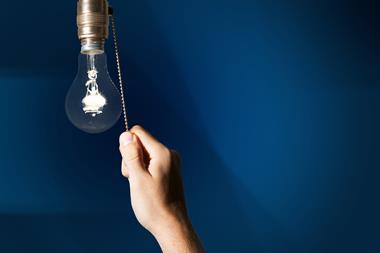
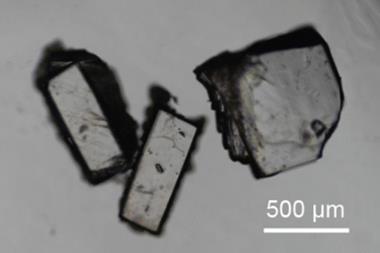


No comments yet